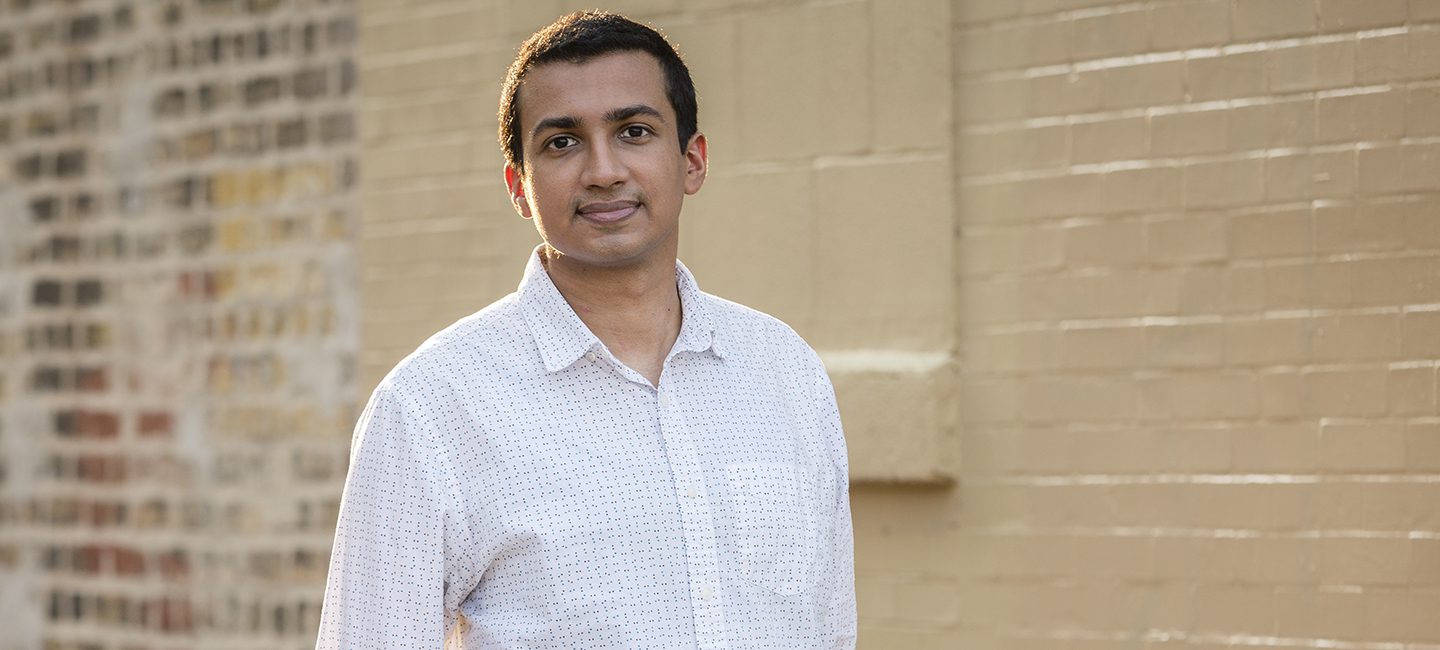 Michelle Kanaar/Borderless Magazine
Michelle Kanaar/Borderless Magazine This year’s census and election pushed Kartik Ramkumar to rethink how he describes his heritage and homeland.
Above: Kartik Ramkumar on Aug. 26, 2020 in his Logan Square neighborhood in Chicago, Ill. Michelle Kanaar/Borderless Magazine
Recently someone I had just met asked me, “What is your nationality?”
“It depends on how you define it,” I answered.
Is citizenship tied to your country of birth? The country where your parents are from? Or the country that you live in? If the answer to all these questions is “yes,” then I am Omani Indian American. Let’s call it OIA for short.
Here is how my identity came to be: I was born in the Middle Eastern country of Oman. My parents were born in India. We moved to the United States in 2003, and I became an American citizen 12 years later. Like countless others, I am a product of economic migration.
For years, I struggled to define myself. My parents and family friends don’t consider me “truly” Indian because I have lived in the United States for the majority of my life; my values and actions are, as they say, “too American.” My Middle Eastern friends don’t consider me “truly” Omani because my parents are immigrants and don’t practice Islam. To many Americans, I am not considered “truly” American because I was not born in this country, did not receive my citizenship until I was in my 20s, and still have considerable ties to my Indian heritage. I belong to so many different and varied communities; yet, I often feel like an outsider in all of them.

